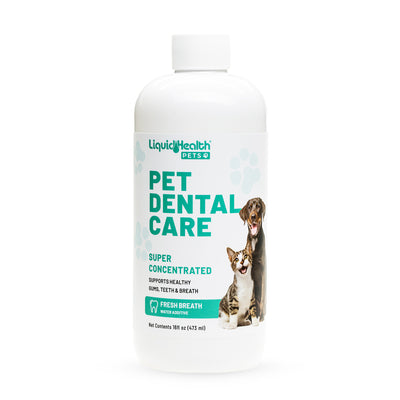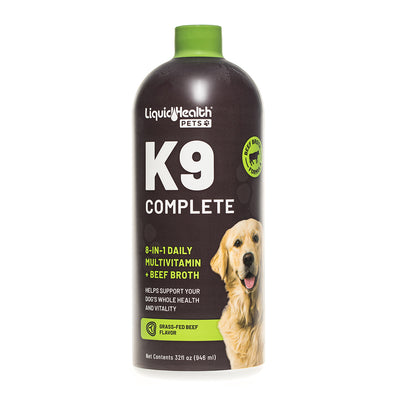While it does not affect all dogs, there are many that from separation anxiety. If left untreated, this could evolve into a more serious problem. Continue reading to learn more about separation anxiety in dogs.
What is Separation Anxiety?
Separation anxiety in dogs is a condition where a dog shows signs of distress or behavioral problems when away from their guardian. This is different from the little acts of mischief that dogs sometimes do when you are away. This is when your dog is overly stressed that you are gone. Some signs of this are whining when you get ready to leave, pacing around and even scratching at doors or windows as you are leaving.
There is no concrete evidence as to why certain dogs from separation anxiety, but there are some theories. One suggests that the reason that sheltered dogs more often is that they have possibly been abandoned in the past or lost an important person. Other theories suggest that life changes can cause forms of separation anxiety. These include:
- Sudden change in schedule: This could include starting a new job that changes the times you will be home.
- Moving to a new house: This can be a stressful time for your dog, so it is important to make sure that they feel comfortable.
- The sudden absence of a family member: There could be many reasons for this like divorce, death, or even a child moving off to college.
How To Help Your Dog.
There are many ways you can help your dog overcome their separation anxiety. However, it is going to require you to take time and not give up on him.
Don't Make A Big Deal
Whenever you are getting ready to leave, and as you return home, no matter how hard it may seem, you need to not smother your dog. One way to do this best is to casually leave and return home. Don't make a huge deal about it or have a long extended goodbye and hello. When you come home, casually go about your business and wait a few minutes before calmly saying hi and petting them.
Departure Cues
Departure cues are anything that you do right before leaving. Your dog will see this and their anxiety can kick in. This is where they could start whining and pacing. To get this to stop, start by doing the things you would do to leave and then don't leave. This could be getting your jacket on, grabbing your keys, and then sitting on the couch and watching some tv.
Create A Safe Space
The Humane Society recommends that you create a safe space for your dog. A safe space is another great way to aid your dog with their separation anxiety. To create an ideal safe space for your dog, you can do a few things:
- Find A Spot: You should put your dog in a spot where they feel comfortable. This could be their crate if they like it, a playpen filled with toys, or even a room in your house. This room should have windows and toys to keep him entertained and feel comforted. The reason that you do this is to give them a spot that they feel comforted, along with having a place where they cannot destroy anything. You do not want to totally isolate your dog, as that can make the problem worse.
- Busy Toys: These are also called puzzle toys. They have a puzzle or challenge that your dog needs to do in order to receive a treat. This treat could be anything that you want to put in there.
- Clothing: You can also leave one of your recently worn pieces of clothing with your dog. This can leave a calming scent that may benefit and comfort your dog.
Supplements
There are also calming supplements available that can help reduce separation anxiety in dogs. Here at Liquid Health Pets, we manufacture our K9 & Kitty Calmer for dogs and cats. This could also be used for many other things such as traveling with your pet.
What Not To Do
There is one thing, above all that you do not want to do. That is to punish your dog for having separation anxiety. The Humane Society states that punishment is not effective for treating separation anxiety and can make the situation worse.
For more information about K9 & Kitty Calmer, please visit our website to learn more.





